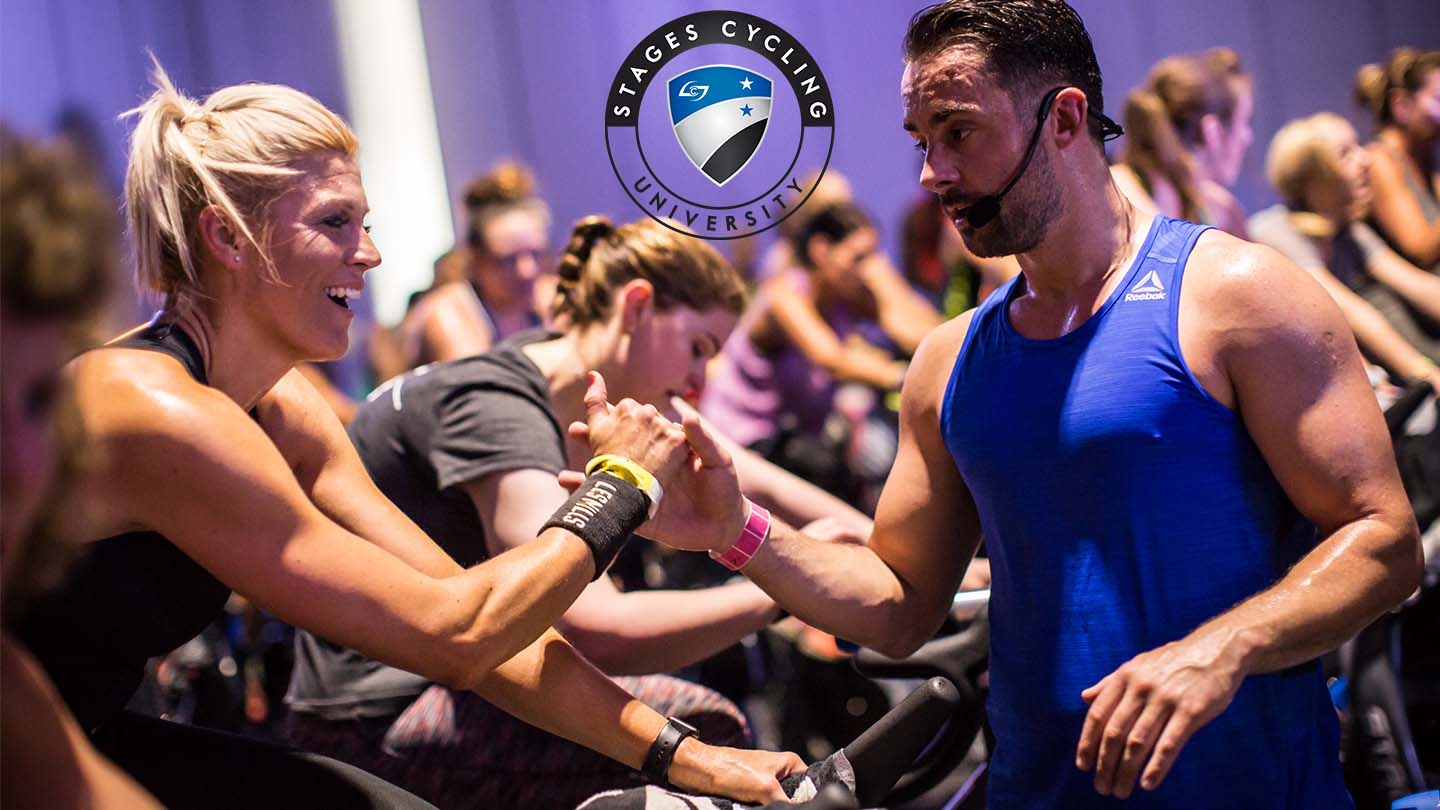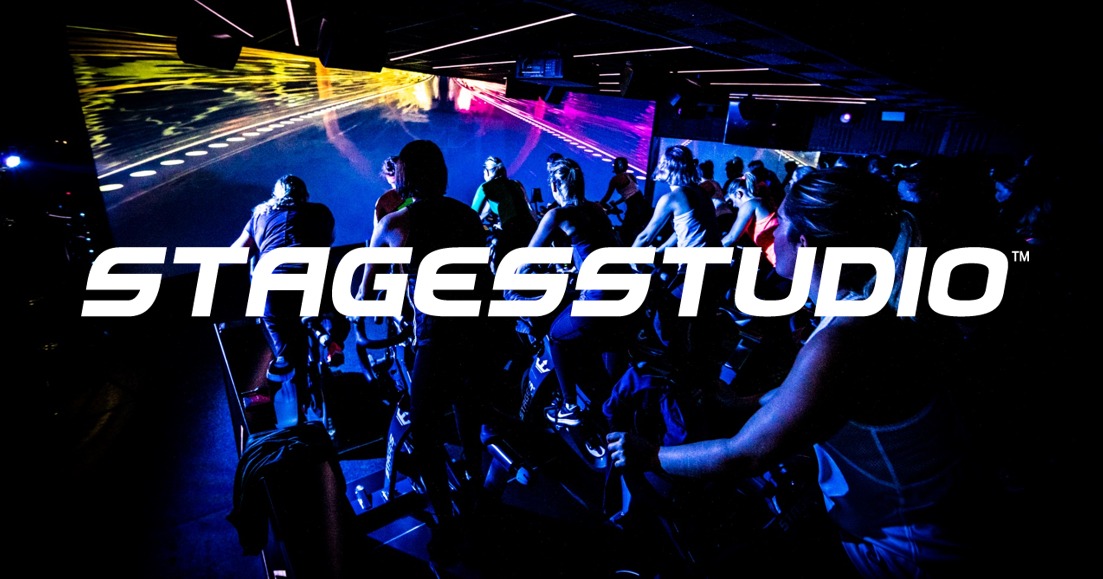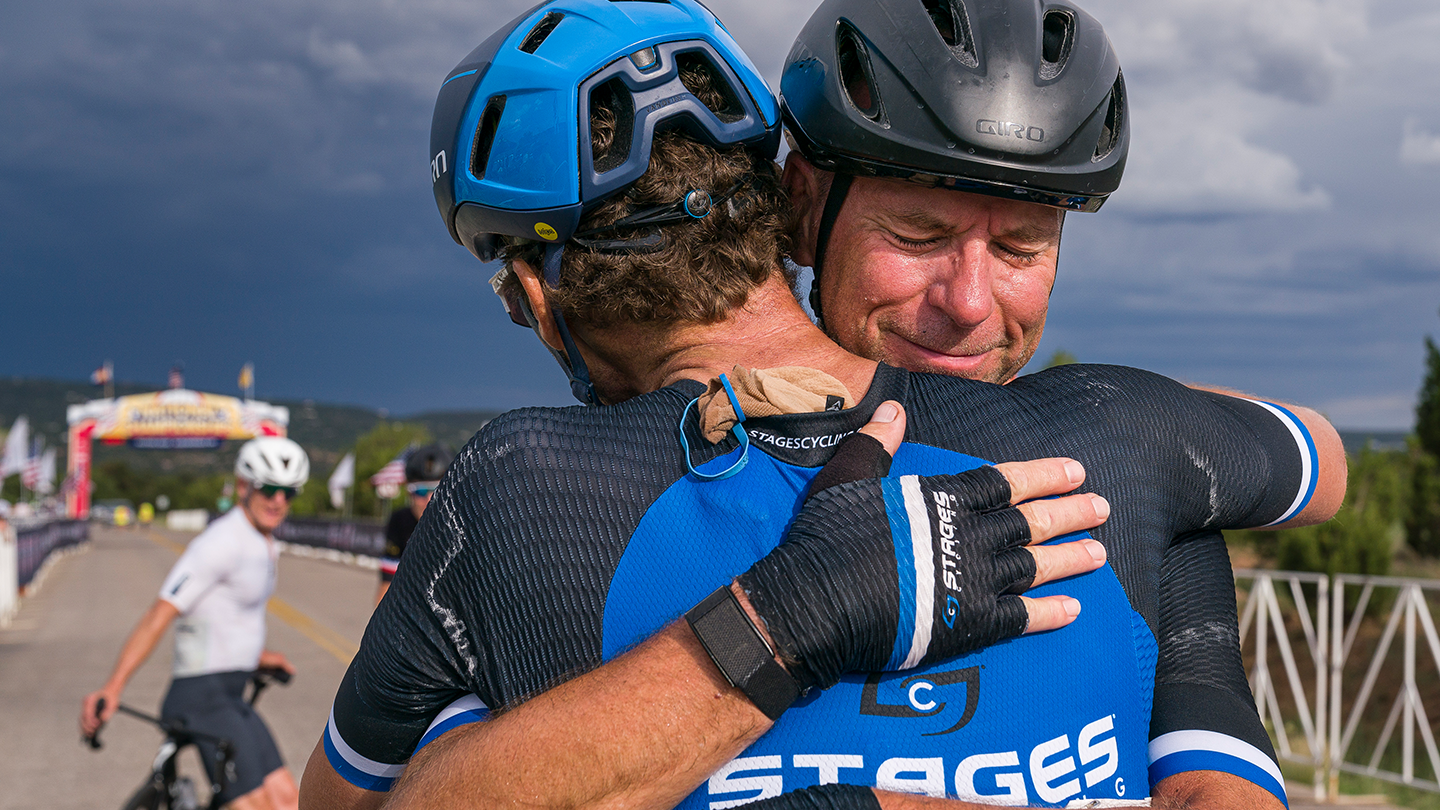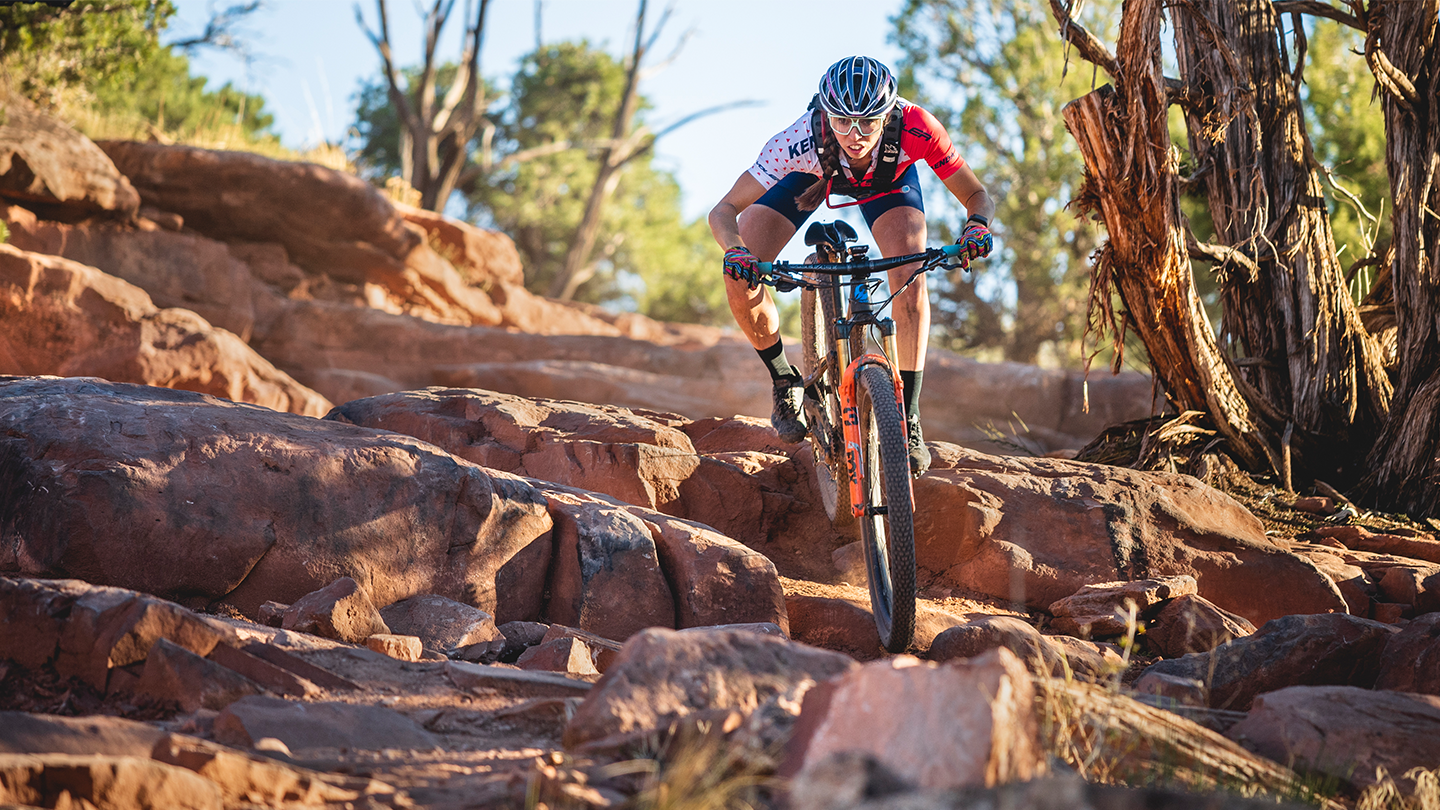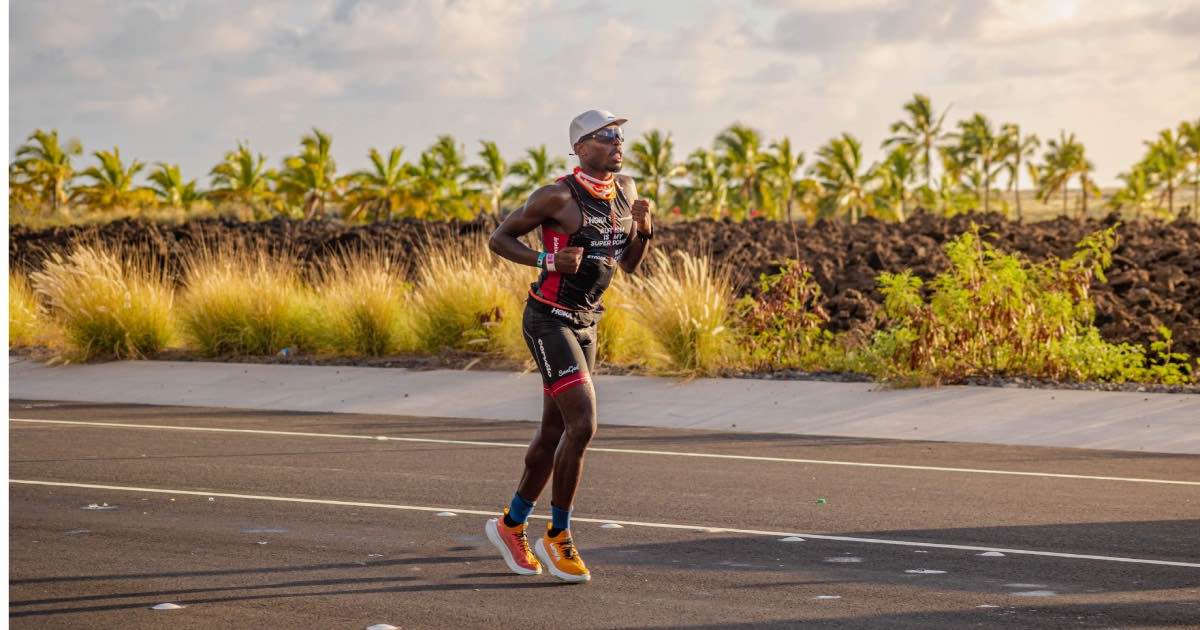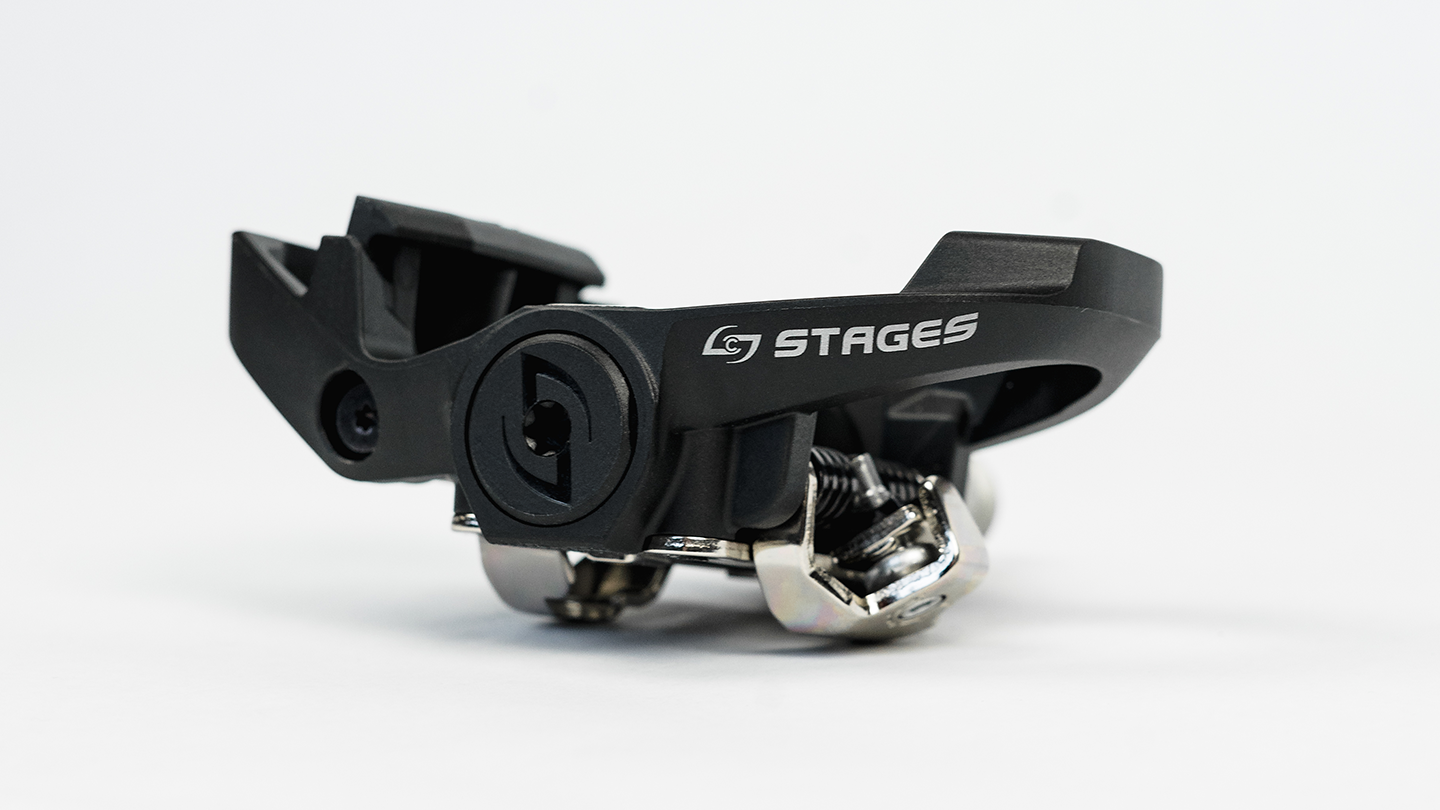5 Crucial Benefits of SB20 Smart Bike for Triathletes
- By Kate Hector
- Published: Nov 2, 2021
- Last Updated: Apr 8, 2022
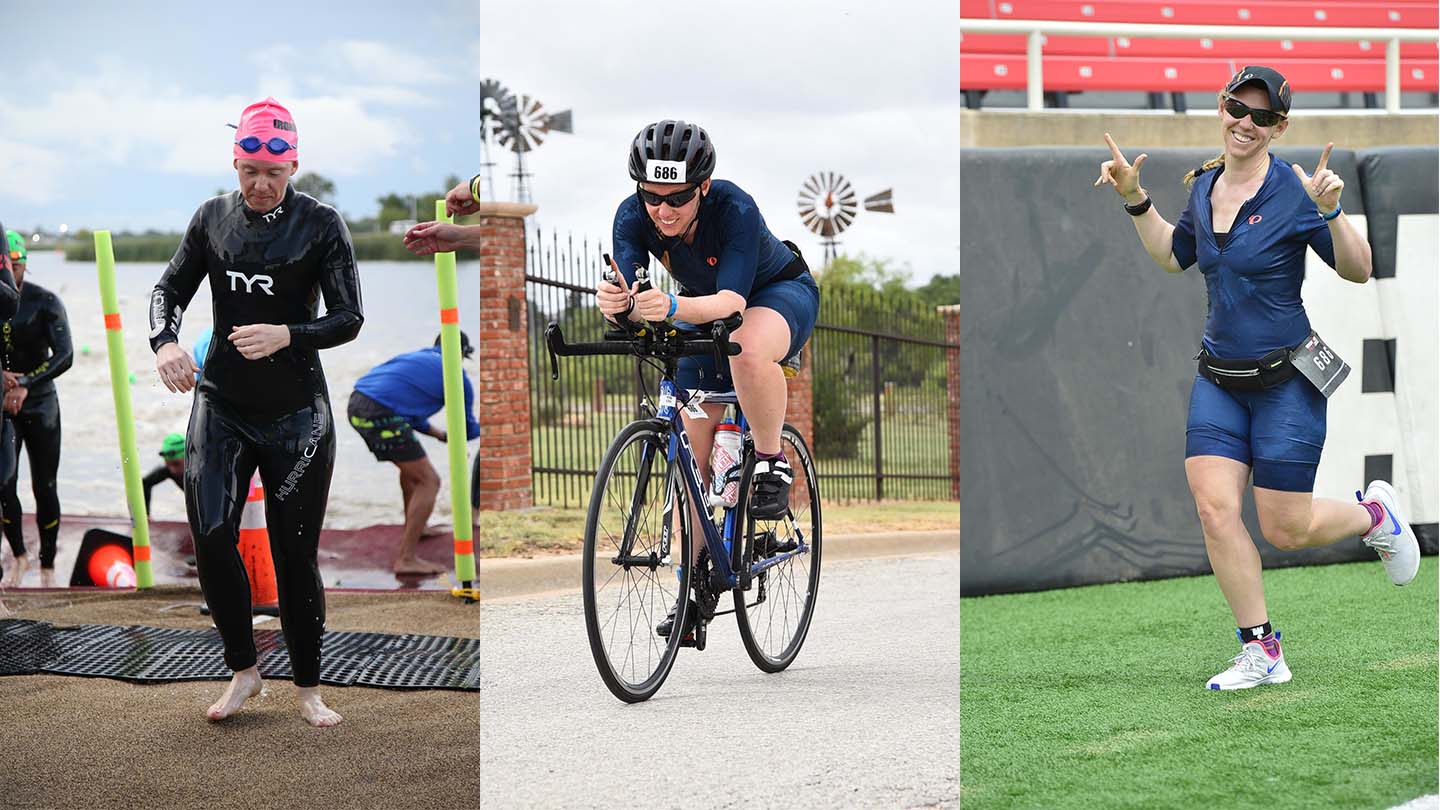
I’m Kate Hector, Marketing Manager for Stages Cycling, a triathlete and mom to three young kids. I’ve been competing in triathlons on and off for 10 years now, and this June I completed my first 70.3. I’m an average age-group athlete, and for me the jump to 70.3 from Olympic distance triathlon involved a huge increase in training volume. I live in Colorado, so when I started seriously training in January, a lot of that training needed to happen indoors. Training for multi-sport events means I really need to use my time efficiently, and training with the Stages Bike SB20 Smart Bike was crucial in preparation for my 70.3 and my other multi-sport races this year. Here are some key SB20 benefits I couldn’t have done without.
1. Saving Time
Before I officially started my training plan in January, I sat down and mapped out the entire season in a Google spreadsheet. I had the general outline of what type of workout I needed that day and an amount of time. In previous years my training volume maxed out at about 7-10 hours per week. My 70.3 plan involved more than 10 hours of training almost every week, with my max volume around 14-15 hours a week. With that much training time, plus my full-time job and kid activities, every minute of the day was accounted for and I was looking to save time any way I could. Getting ready for a ride outdoors takes prep time, getting out the door is often a massive hurdle. With my SB20 ready in the garage, I can hop on anytime. If I have an hour indoor workout planned, I don’t need an extra 30 minutes on either side to get it done. Having a dedicated smart bike also means my bike is ready to go for an outdoor ride when the weather is nice or when I have the time. I don’t need to worry about taking it off a trainer when I’m ready to ride in the sunshine.
2. Schedule Multiple Workouts
Training in general involves lots of early mornings, late nights, and multitasking. Balancing triathlon training with parenthood is tricky, but doing so without training indoors on the SB20 would be almost impossible. I can ride even if my partner isn’t available to watch our three kids, I can ride after bedtime or before school drop off. Having an SB20 makes scheduling multiple workouts in a day possible. I’ll admit to putting on a movie for the kids while I sneak out to the garage for a ride, and I certainly took several meetings while doing recovery rides. That’s another huge benefit of the SB20, making my recovery rides as easy as they need to be in hilly Colorado is a challenge outdoors. Indoors I can keep my power low and cadence consistent during an easy recovery ride.
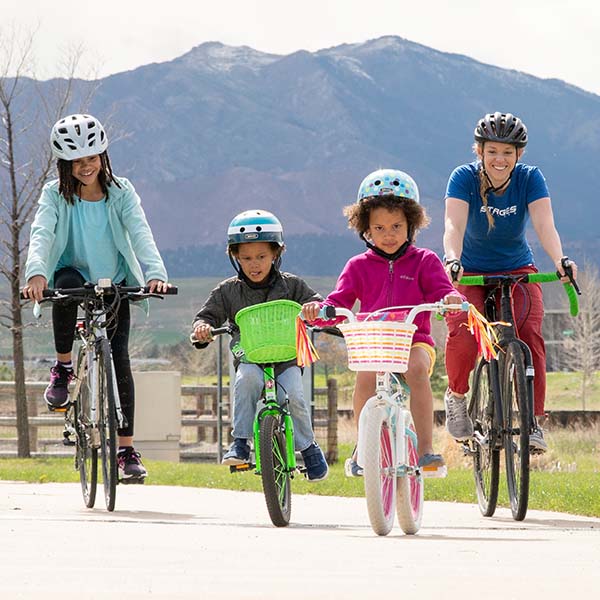

3. Winter Riding
My SB20 gets used year-round, but certainly more often in the winter. My 70.3 was at the end of June, and my first race of the season was in May, just a few weeks after the last snow of the season here in Colorado. I ride indoors in the winter for obvious reasons, snow, cold, rain, etc. But the primary reason I ride indoors more often in the winter is the short daylight hours. Some may be tougher than me, but I’m not going riding in the dark when it is 20 degrees out. Many days this winter I rode the SB20 before sunrise, then went for a run off the bike as the sun was coming up. Getting this brick workout done all before I made breakfast for the kids was a huge relief. Anytime I finished all my training for the day before lunch I felt as if I added three hours to my day. So luxurious! The same applied to the evening, many nights I put the kids to bed and did a recovery spin on the SB20 before bed. Being able to take full advantage of all the hours in a day is a huge benefit for me as a parent and multisport athlete.
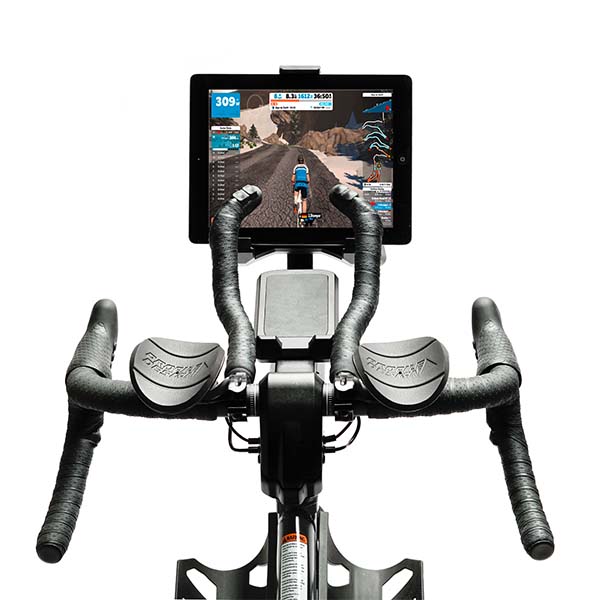

4. Saving my bike for outdoor rides
It is absolutely true that training in the aero positions is essential to a successful (and comfortable) triathlon. This leads lots of triathletes towards wheel-off smart trainers so they can train on their own bike indoors. Smart Trainers have their benefits and I’ve used them in the past, but this season I was glad to not take my tri bike on and off the trainer multiple times each week. Getting replacement parts for bikes is really tough right now, so wearing out my chain or cassette is the last thing I wanted to do in the months leading up to my race. Most importantly, I was still able to train the aero position on the SB20 with a pair of clip on aero bars and remote shifters. My SB20 stays setup and ready for me at a moment’s notice, and I never get grease on my fingers when I ride it.
5. Advanced Workout Options
I know cyclists do workouts outdoors all the time, but I’m not great at these. Stop lights or hills interrupt my intervals, I get nervous riding in traffic, and in general I prefer my outdoor rides to be endurance focused (or just fun). When I ride the SB20 for a one hour workout, every minute of that can be dedicated to the workout. Another workout feature that isn’t available outside? ERG mode! I love ERG mode, I connect the smart bike, start the workout and start pedalling. I don’t have to worry about shifting, or turning, or anything other than putting my head down and getting my work in. There are tons of options for workouts, I prefer Zwift workouts (Sweet Spot Training workouts are my favorite). I also use trainer control on my Stages Dash to complete pre-programmed workouts in ERG mode. This leaves my iPad open for binge watching and the Dash is still recording all my power data, tracking my compliance with each interval and the workout graph lets me know what is coming at a glance.
I’m a self-coached athlete, so I was selecting these workouts on my own but many of my fellow triathletes swear by working with a coach. You can load the workouts your coach prescribes onto your Dash and ride them indoors or outdoors and get the same accurate, reliable Stages Power data to report back to your coach.
6. Flexibility
Even though my whole training plan lived in a Google Sheet that I referenced religiously, things did not always go according to plan. Throughout the course of training, several things caused me to adjust things on the fly. When I suddenly had tons of blisters on my feet from running, I increased my cycling, indoors and outdoors, for the next couple weeks to let those heal. My toenails have still not fully recovered from all the running. When swimming caused shoulder pain, I added in some PT, additional strength training and reduced my swim volume. When it snowed 14 inches and outdoor cycling was out of the question, I didn’t have to miss out on cycling or go to a gym.
I’ve spent 50 hours indoor cycling on the SB20 this year, and those hours gave me a ton of confidence and fitness going into my first 70.3. I’m still deciding what my big athletic goal for next year will be. I’m debating between another 70.3 or getting faster in Olympic distance races. Either way, the SB20 will be a big part of accomplishing whatever goal I settle on, and knowing I’ll be able to train hard through the winter gives me confidence I can succeed.
Race Day
So after all that training, how did the race go? My goal from the beginning was to feel like I was actually racing the 70.3, not just surviving it. I didn’t want to feel pushed around by the distance, and I wanted to be within my limits all day. That sort of nebulous goal turned more specific as the race got closer and my plan was 6:15-6:55. I ended up finishing in 7:07.
Swim: 45:35
Bike: 3:15:32
Run: 2:51:57
The morning of the race was cool and rainy, it thunderstormed the entire night before and I was nervous about the swim getting canceled or the course being changed (Lubbock floods when it rains). But the morning came and the rain had mostly stopped. The walk to the swim was an extremely muddy, dark walk almost a mile around the lake. I felt good getting started, and the swim went great. I got out of the water, ate a banana, and just as I was getting started on the bike I dropped my protein pancake + peanut butter sandwich off my bike. My most substantial snack was now on the ground. In hindsight I probably should have turned back for it, but there were lots of other athletes around and it didn’t seem like a great idea at the time. The bike was flat and fast, windy by some standards but I know from my time at Texas Tech that Lubbock wind could have been much worse. I finished the bike feeling awesome, and so grateful it wasn’t hot. The first 3-4 miles of the run felt great, and then I bonked hard. I slowed way down, I walked a ton, and very much wishing I had eaten that pancake sandwich. My emotions were all over the map, and I struggled through the rest of the run, questioning my life choices. The run was three loops around Texas Tech’s campus, for me it was a beautiful stroll down memory lane and there were tons of spectators cheering the whole way. The energy on the course and among the athletes kept me going and I only cried a handful of times. When I finally crossed the finish line, I was so relieved. So much effort and training and time had gone into preparing for that day and I was really proud of what I accomplished. Not everything went exactly as I hoped, but I’m glad I made the jump and completed my first 70.3.











